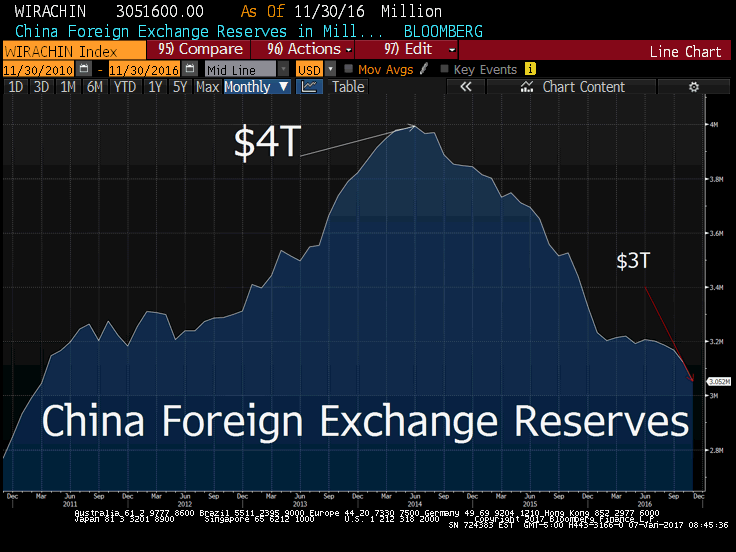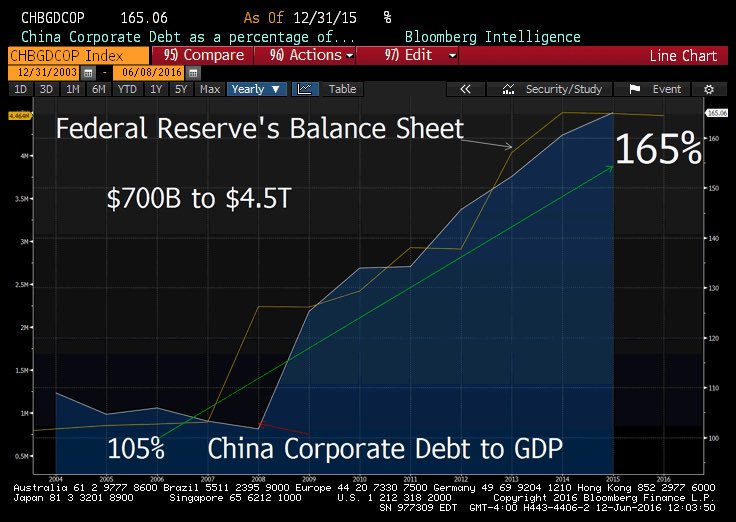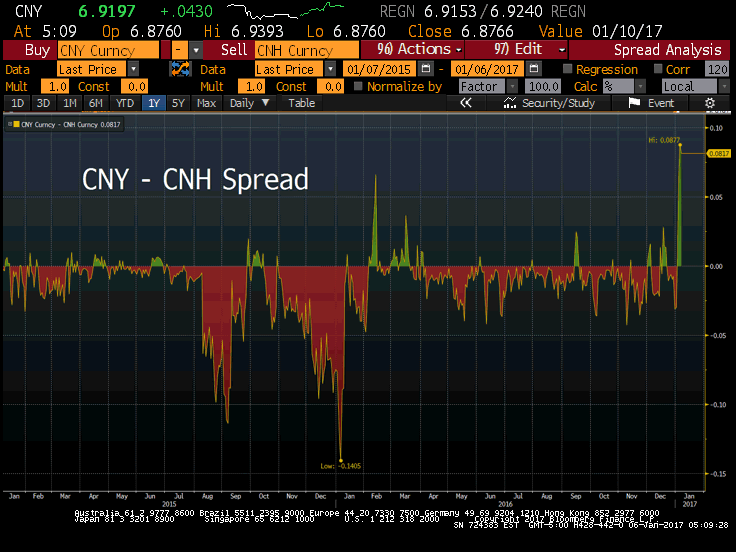Join our Larry McDonald on CNBC’s Trading Nation, Wednesday at 2pm.
Don’t miss our next trade idea. Get on the Bear Traps Report Today, click hereWhere are bond yields going with risk of a euro breakup on the rise? Click here (above) for our latest report.
The Group of Seven (G7) refers to the group of seven highly industrialized nations—France, Germany, Italy, the United Kingdom, Japan, the United States and Canada. As we turn the page to 2017, there are only two of these leaders (below) left in power. A bright sunny day has been overcome by global populist rage, there’s more to come.
Heading towards September’s German elections, we believe Merkel’s CDU party will come under populism’s sword. Last summer, we had our clients prepared for a Trump victory, now we’re focused on Europe’s crowded 2017 Election cycle (Netherlands, France, Italy and Germany).
And then there were Two

This picture was taken early last year, and all that’s left are Shinzo Abe and Angela Merkel. Political risk has been driving equity prices globally, and this is where we shine. The populist tsunami sweeping the globe has more victims in 2017, we must get out in front of the winners and losers.
Bonds, Italy vs Germany
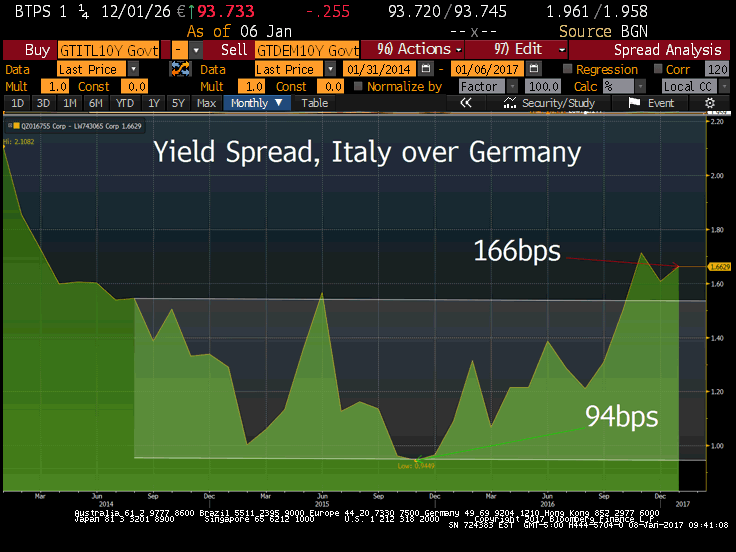
One way we measure risk in equities is by meticulously monitoring “credit spread contagion.” Bond markets typically are out in front of many black swans, as you can see above the yield spread between Italian and German government bonds has been widening sharply in recent months, this speaks to rising Euro breakup risk.
Pick up our latest report and trade ideas here:
Don’t miss our next trade idea. Get on the Bear Traps Report Today, click hereEuro and Breakup Risk
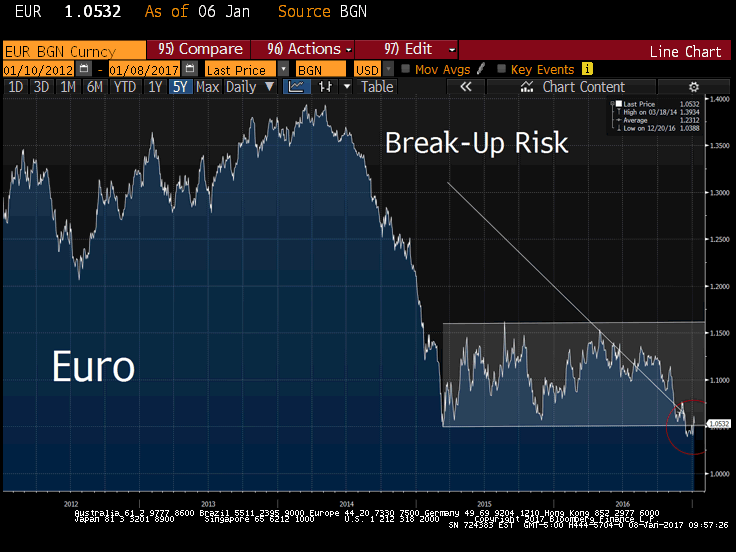
Eurostoxx 600 are up 20% since the Brexit, but a dovish ECB in the middle of QE (government bond buying program), as well as rising Euro breakup risk have the currency (above) through support and at multi year lows.
Bonds, Portugal vs. Germany
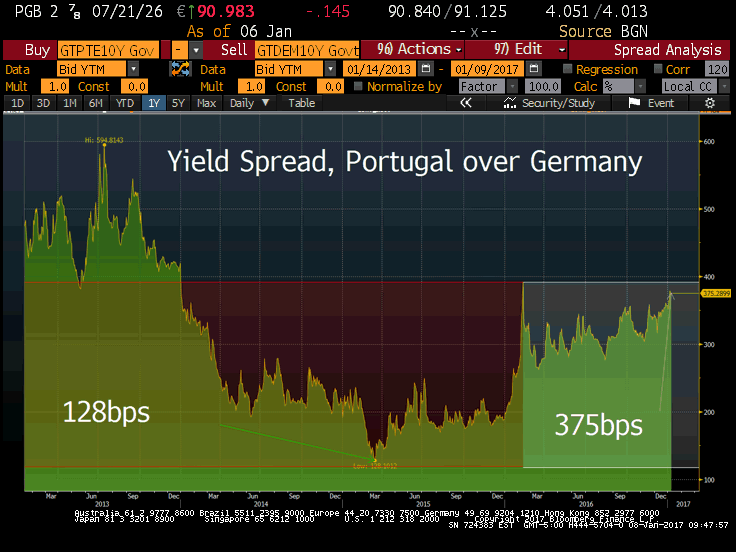 Portugal’s debt to GDP ratio has surged from 50 to 131% since the creation of the Euro, its economy is not growing fast enough to support an aging population and colossal government largess. Similar to Greece, labor unions have been promised unsustainable goodies from politicians. This practice has longer legs when a government can print money to buy votes, but the Euro is clearly killing Portugal. As you can see above, even though the ECB’s Mario Draghi has promised to do “what ever it takes,” as we head toward the German elections, bond holders are nervously selling Portugal’s debt. As we kickoff 2017, credit spread contagion is taking bond yields higher throughout Europe’s periphery, something we witnessed in 2011-2. Back then, eventually U.S. equities were caught up in EU credit risk.
Portugal’s debt to GDP ratio has surged from 50 to 131% since the creation of the Euro, its economy is not growing fast enough to support an aging population and colossal government largess. Similar to Greece, labor unions have been promised unsustainable goodies from politicians. This practice has longer legs when a government can print money to buy votes, but the Euro is clearly killing Portugal. As you can see above, even though the ECB’s Mario Draghi has promised to do “what ever it takes,” as we head toward the German elections, bond holders are nervously selling Portugal’s debt. As we kickoff 2017, credit spread contagion is taking bond yields higher throughout Europe’s periphery, something we witnessed in 2011-2. Back then, eventually U.S. equities were caught up in EU credit risk.
Pick up our latest report below:
Don’t miss our next trade idea. Get on the Bear Traps Report Today, click here
